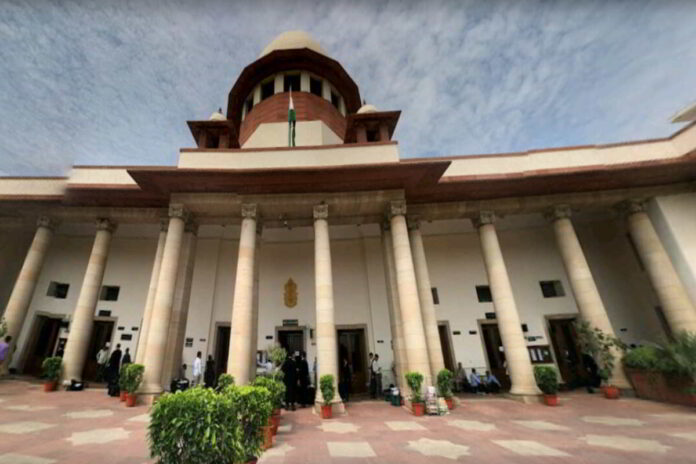On Tuesday, the Supreme Court asked the petitioner to withdraw a writ petition challenging the Constitutional validity of Epidemics Act and suggested that the petitioner should approach the concerned High Court. At the outset, Hon’ble Justice DY Chandrachud questioned the nature of writ petition and asked the petitioner in person Mr Harshal Mirashi why he
To Read More Please Subscribe to VIP Membership for Unlimited Access to All the Articles, Download Available Copies of Judgments/Order, Acess to Central/State Bare Acts, Advertisement Free Content, Access to More than 4000 Legal Drafts( Readymade Editable Formats of Suits, Petitions, Writs, Legal Notices, Divorce Petitions, 138 Notices, Bail Applications etc.) in Hindi and English.







